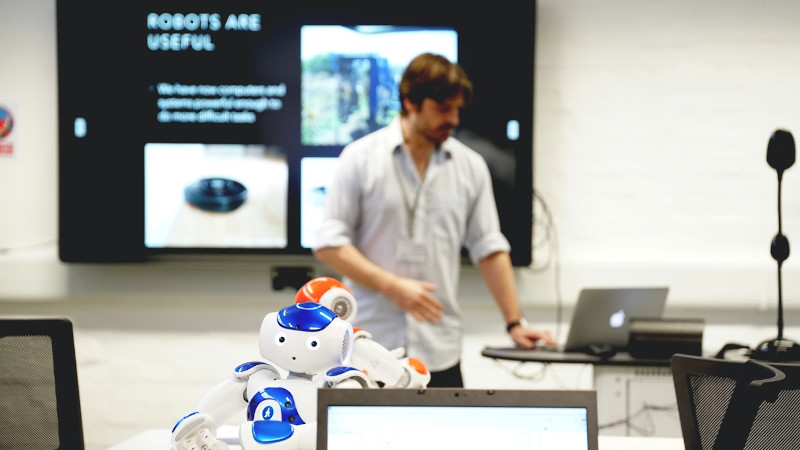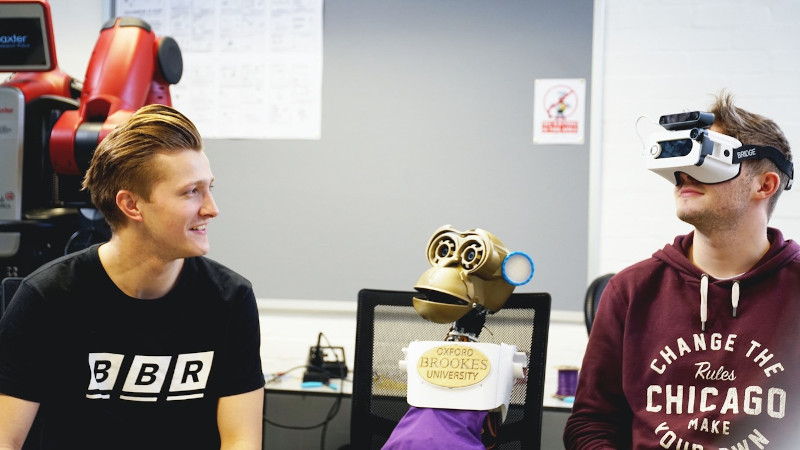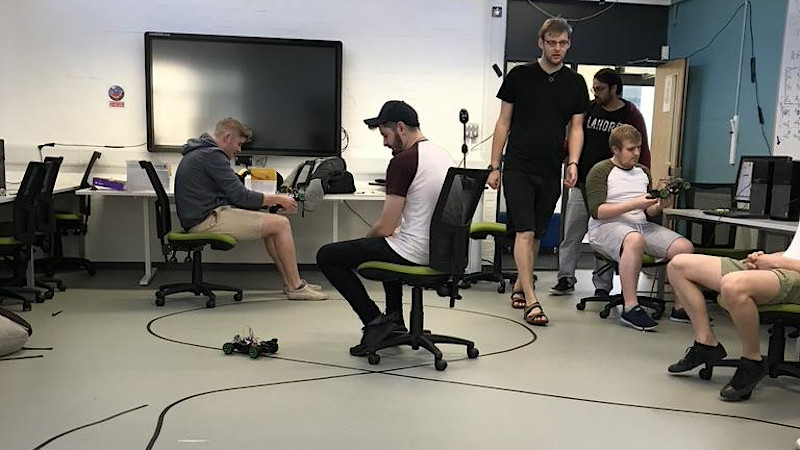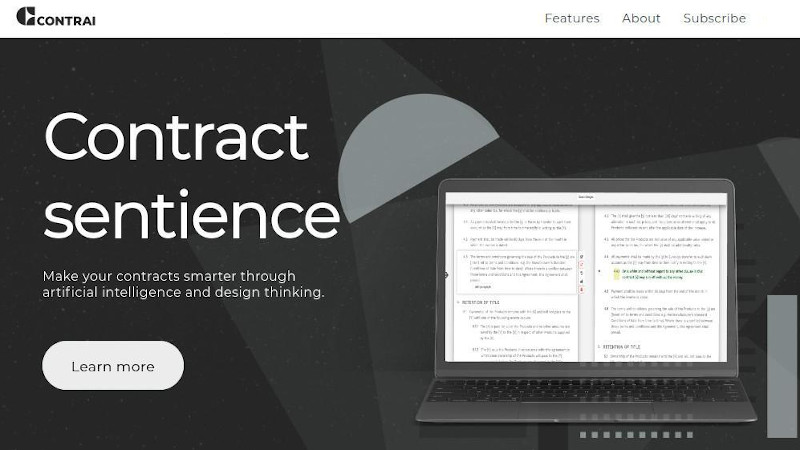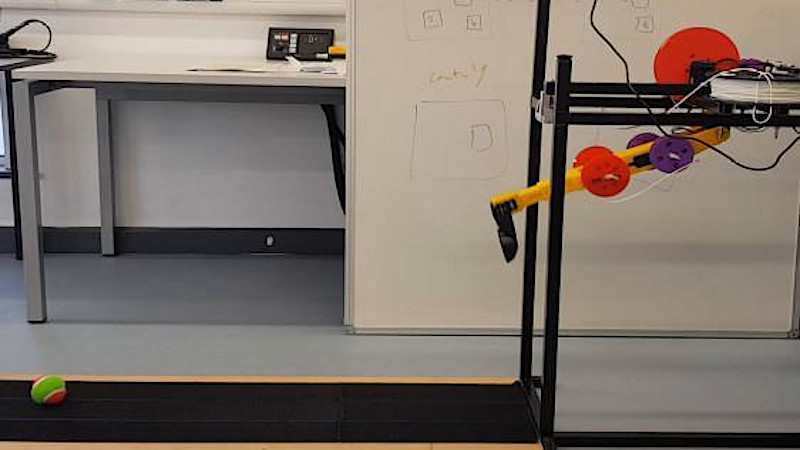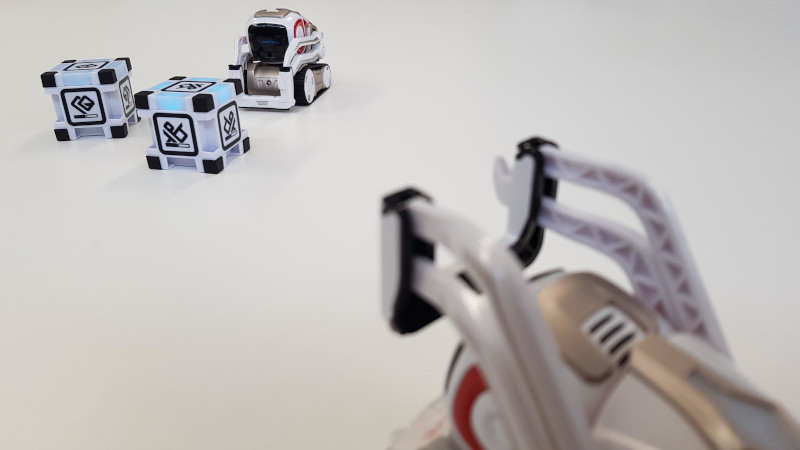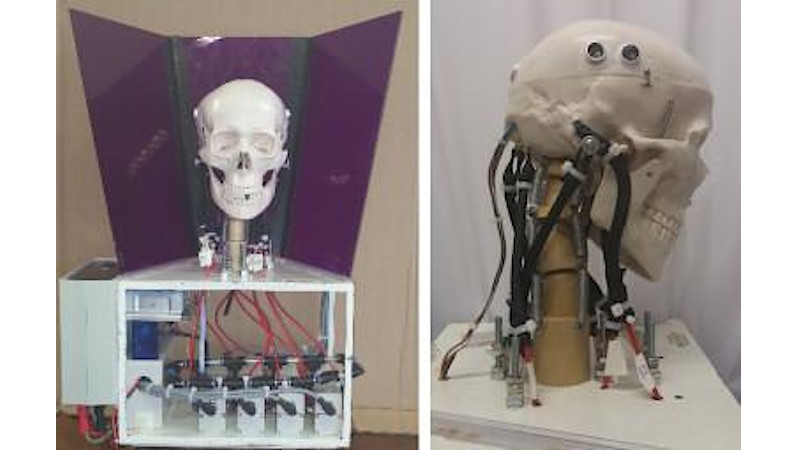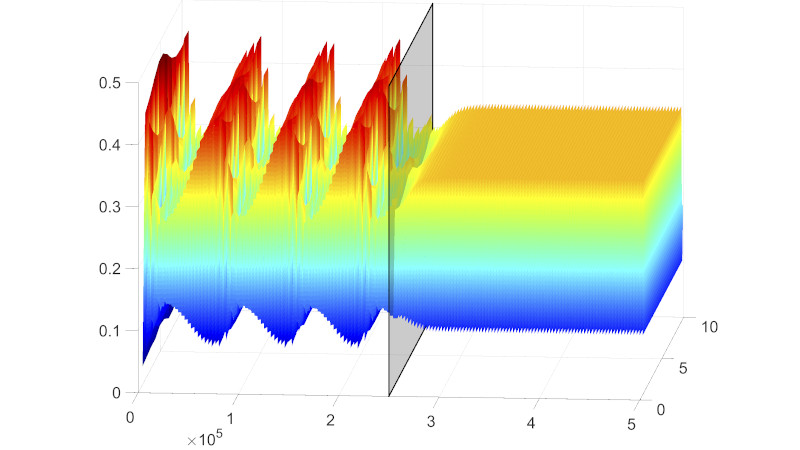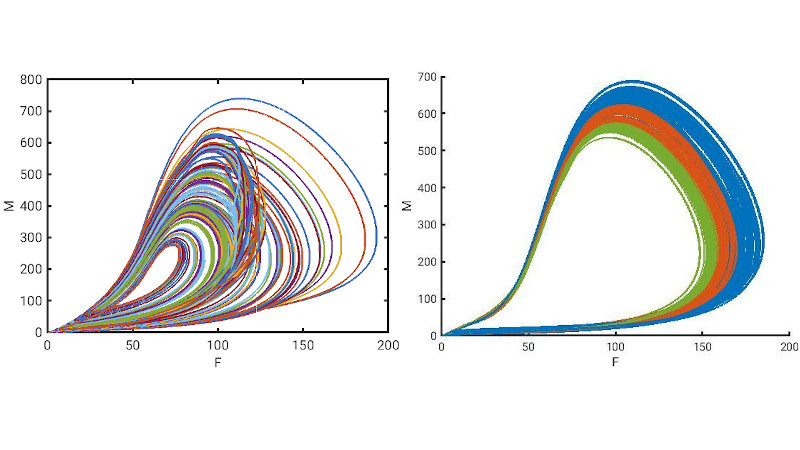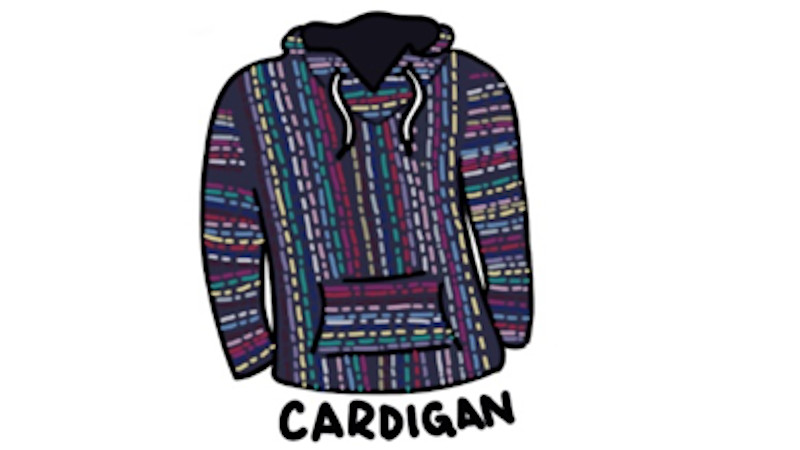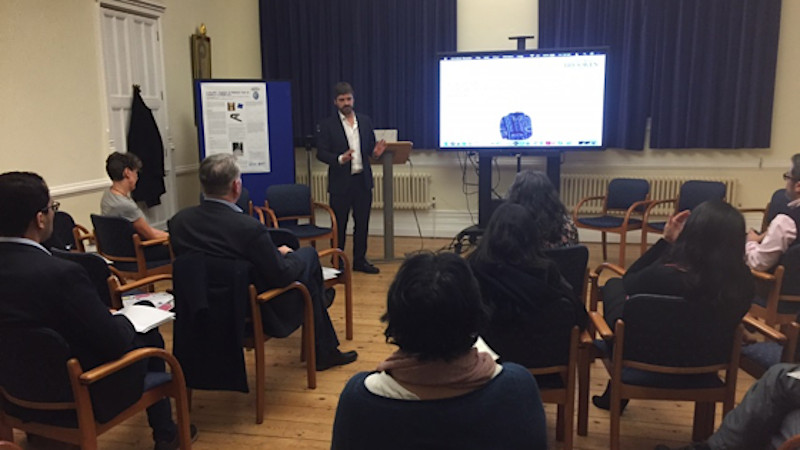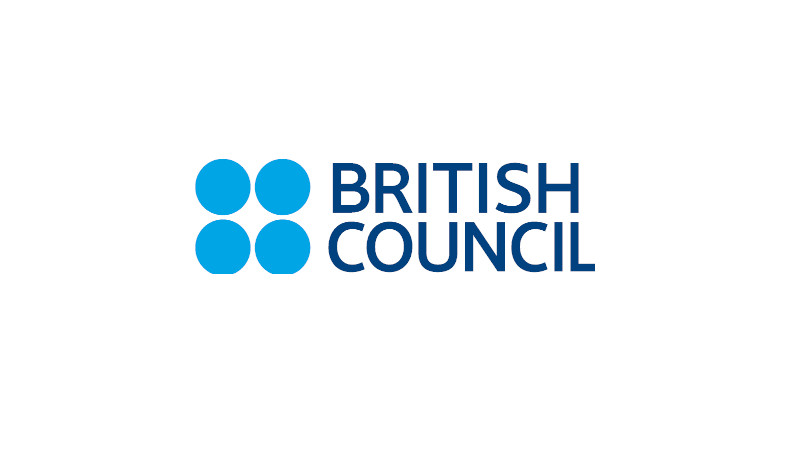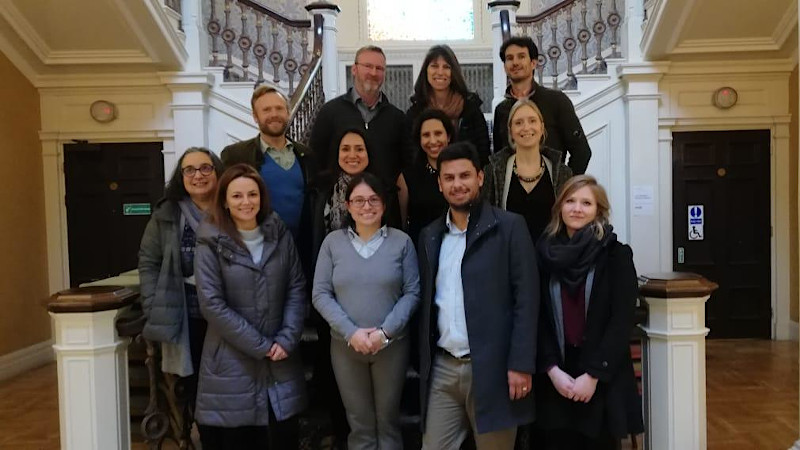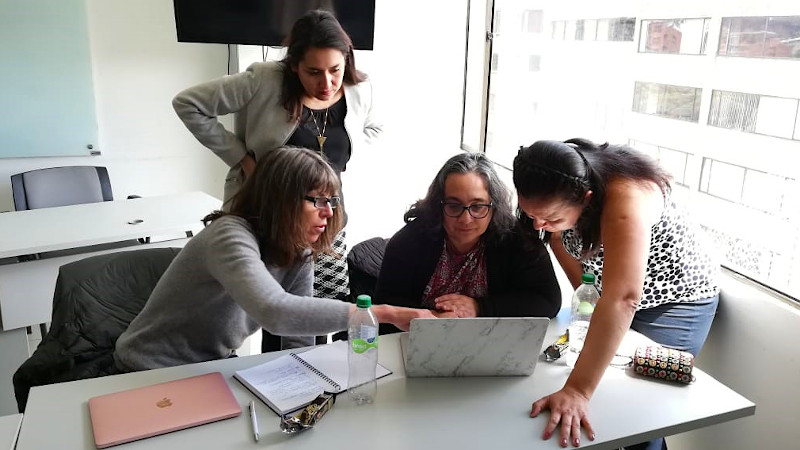A method of controlling a dynamic physical system that exhibits a chaotic behaviour (patent number WO2013064840A1)
The patent is based on the research presented in the paper Biologically Inspired Rate Control of Chaos. It exploits the ability to control complex physical systems using the nonlinear control method to control combustion engines. The patent also shows the ability to control other non-linear and chaotically perturbed systems, such as wind-turbines, and bioreactors. The proof of concept engine has shown the validity of the approach and the patent covers the innovative method that can allow energy efficiency, maintain desired low emission power domains, and even allow fuel neutral engines.
Olde Scheper, T. V. S. M., & Carnell, A. R. (2013). A method of controlling a dynamic physical system that exhibits a chaotic behaviour. Patent (Awarded 2018). Retrieved from https://patents.google.com/patent/WO2013064840A1


